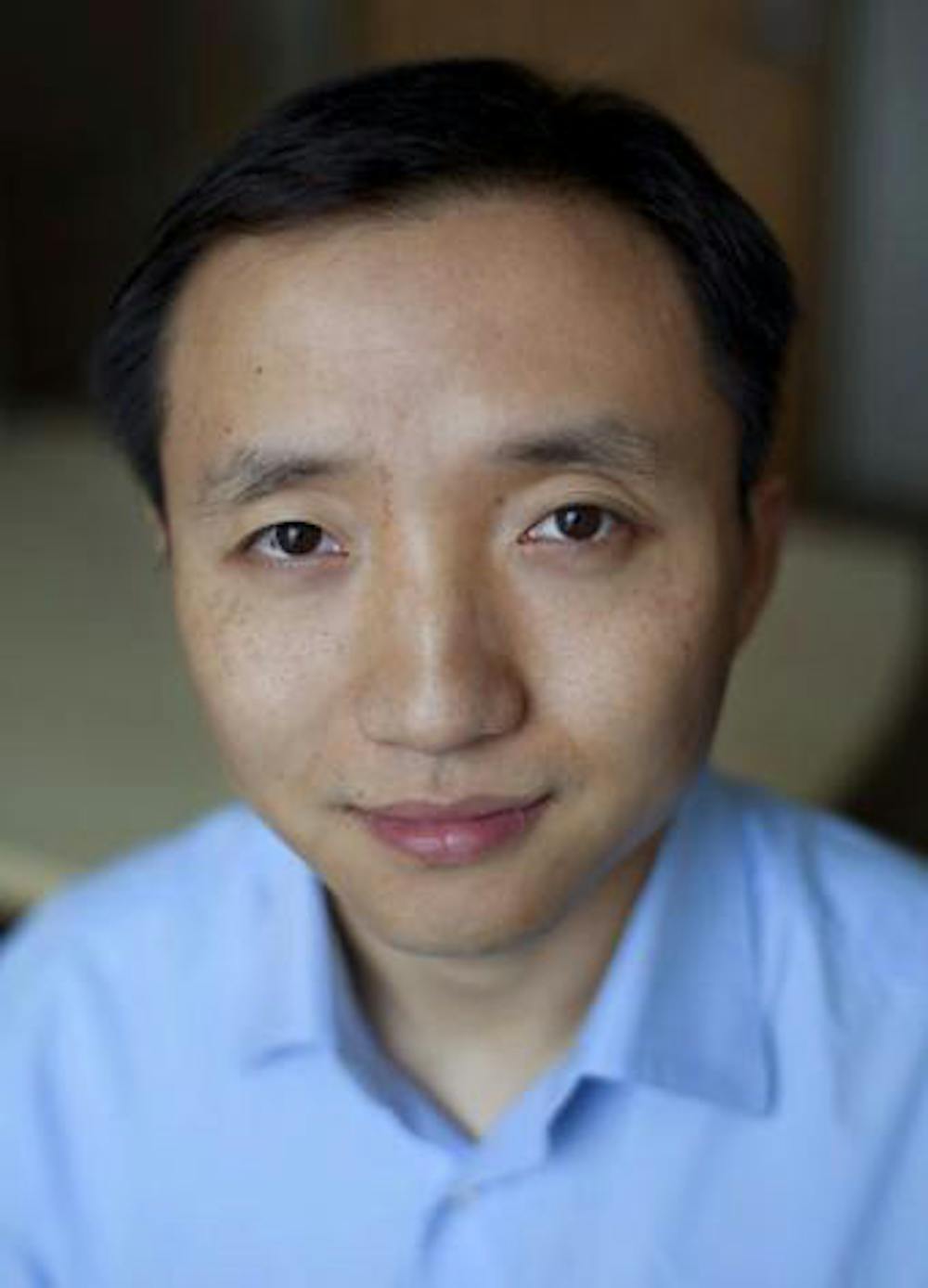Assistant Professor of Biostastitics Xi Luo and other researchers have received a grant of more than $1.2 million over three years from the National Institutes of Health to use big data modeling to study brain connectivity.
The grant will allow Luo, as well his collaborators at Johns Hopkins University and Yale, to develop statistical models to analyze large data sets from brain scans. This statistical analysis will allow researchers to study how regions of the brain interact. The development of statistical models and methodology will primarily take place under Luo at Brown, who will collaborate with Brian Caffo, professor of biostatistics at Johns Hopkins, in order to validate methods and refine the statistical models. Chiang-Shan Li, associate professor of psychiatry and neuroscience at Yale, holds the primary expertise in neuroscience and will define how the models can address important issues.
The study was proposed to develop new methods that would address the limitations that currently exist in the study of brain scans and brain interaction, Luo said. These limitations include the use of smaller models to study “one region at a time, one gray area at a time” and then “trying to extrapolate to the whole brain,” Luo added. Large-scale statistical models will address this limitation by allowing for the study of multiple brain regions at once.
“We hope to get new methods and validate those methods … to model the data at a large scale,” Luo said. “We are also truly interested in scientific discovery and using really large data sets to get back a better picture of the brain as a whole.”
The study will incorporate the data from scans of different brain regions into statistical models. The researchers hope to discover “how the structural and functional connections” between brain regions “inform brain function, diseases (and) recovery from injuries,” Caffo said. “In the study of that phenomenon, you get very interesting mathematical results. … In order to make headway on those results, there are some very interesting statistical and modeling problems,” he added.
Luo hopes to make use of machine learning when analyzing the large data sets. “The key component in machine learning is to train the computers,” Luo said. “We can do tasks in a fractional time compared to different approaches.”
While the team is not looking for a “wholesale reinvention of the field of machine learning,” it is looking to apply the field to novel areas, Caffo said.
The study will also incorporate existing data sets. Luo plans to tap into the Human Connectome Project, which offers public access to a large neural imaging study and will give the team access to “terabytes of imaging data with about 1,000 subjects,” he said.
Luo hopes that the development of new statistical models will benefit the scientific community as a whole. “Maybe other scientists have been trying to analyze data with similar data structure(s),” he said. “We’re going to provide tools — for free — to the scientific community.”
The grant from the NIH is part of President Barack Obama’s Brain Research through Advancing Innovative Neurotechnologies Initiative, which is a program aiming to advance neuroscience through innovative techniques, according to the NIH’s website.





